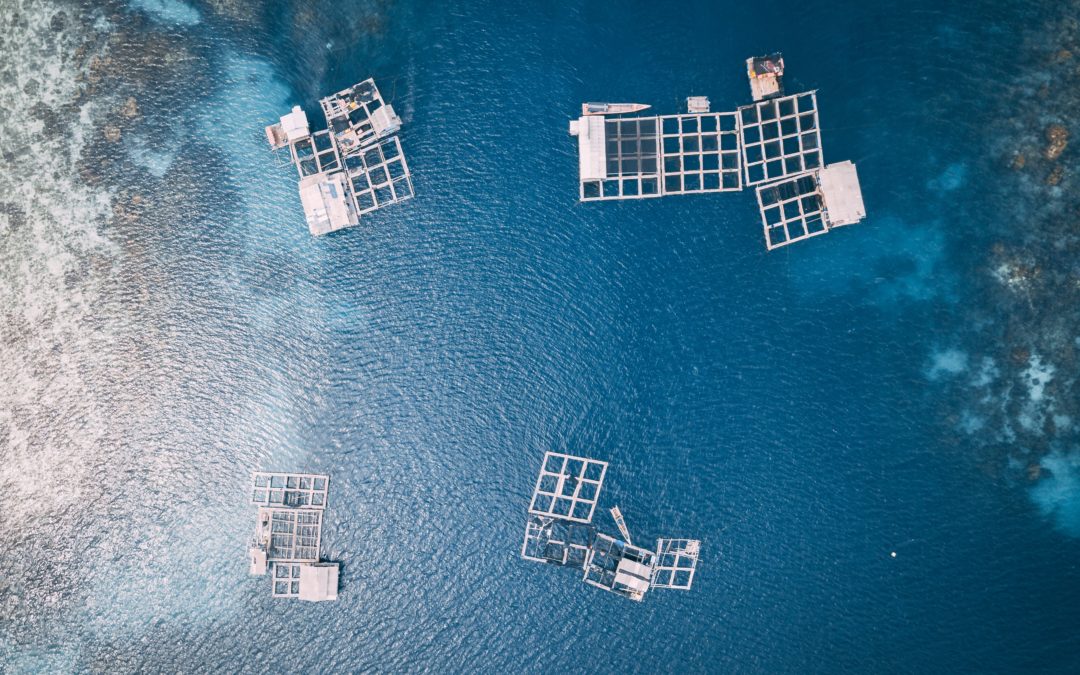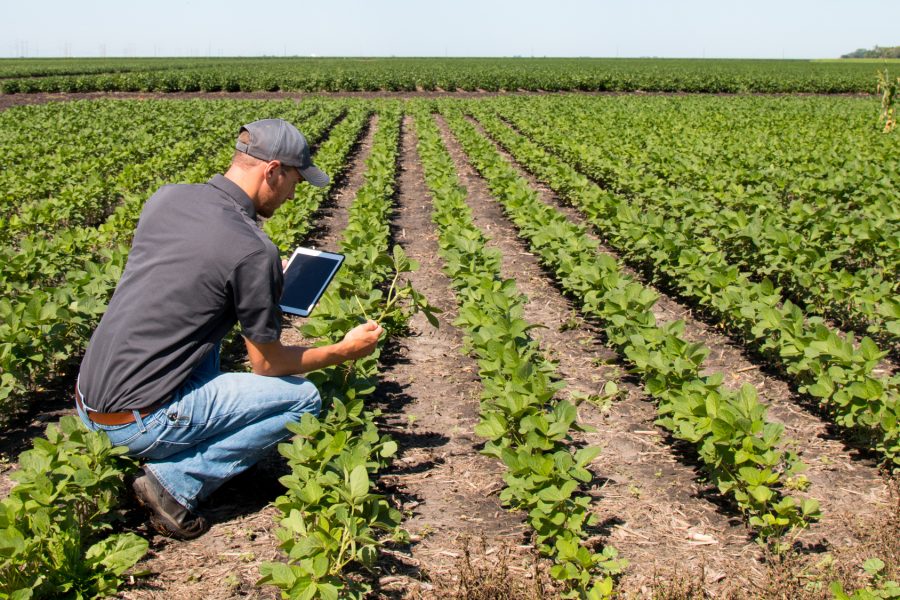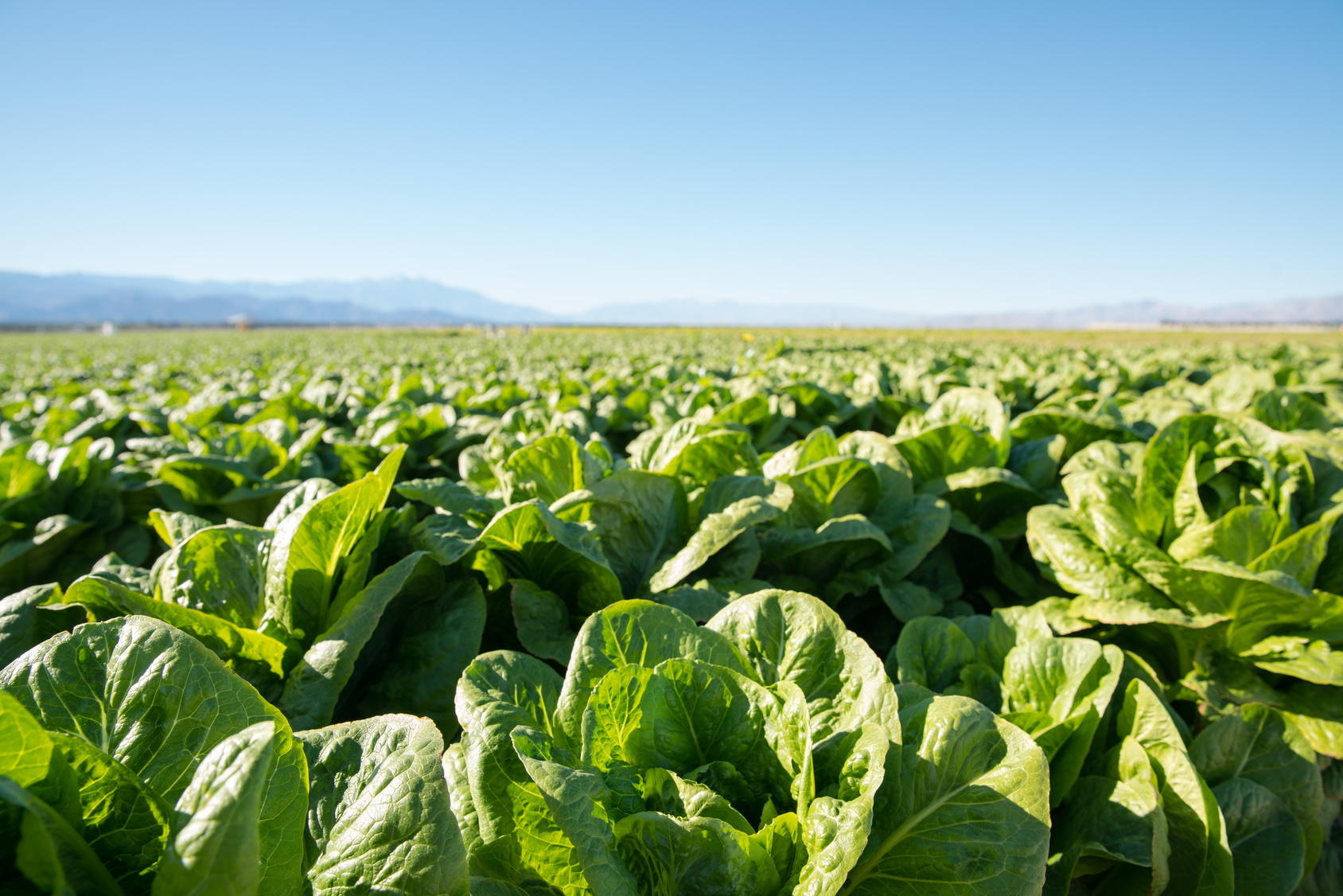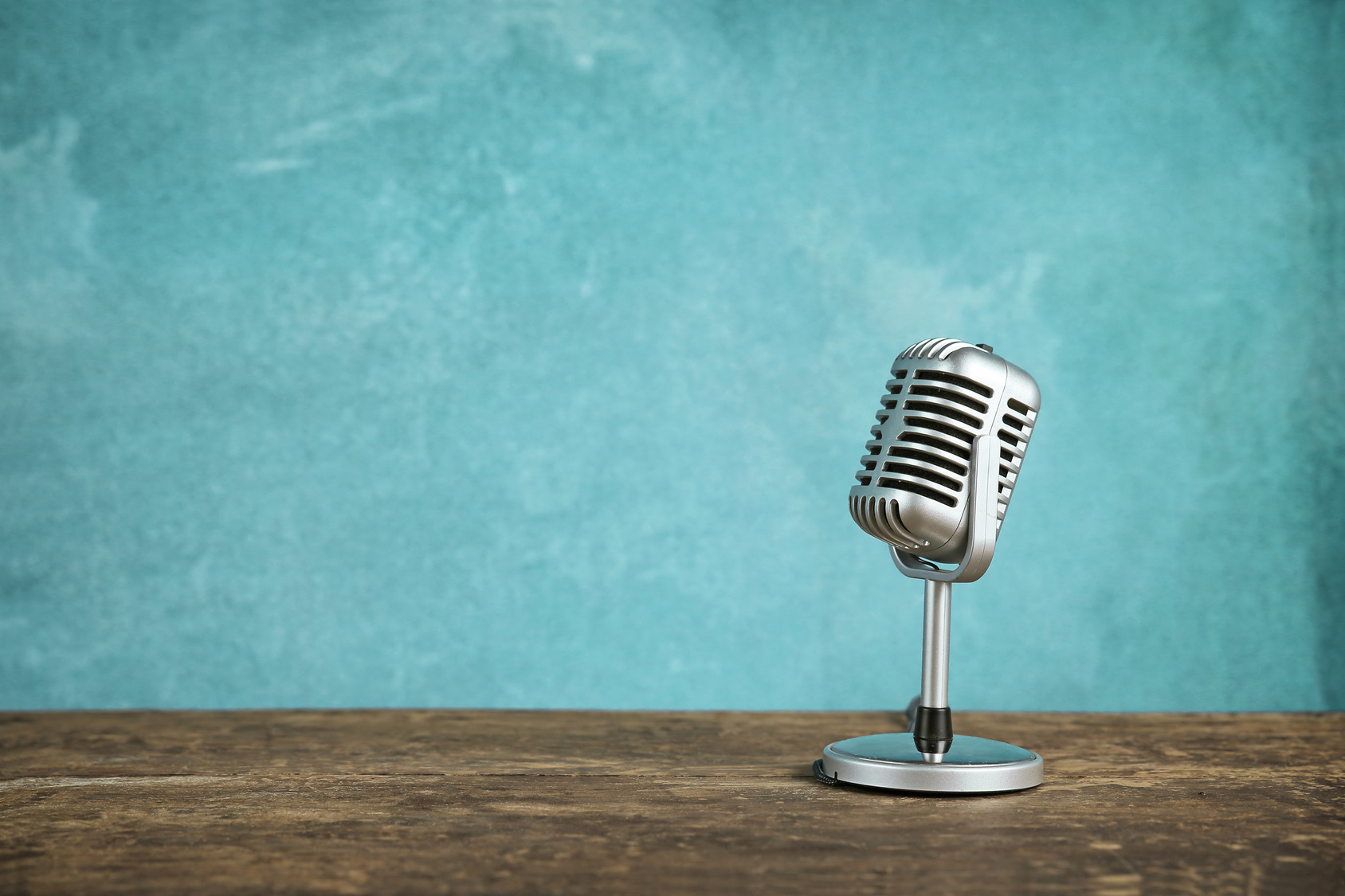The world’s population is growing rapidly. There are currently over 7.9 billion people on the planet, with this figure set to rise to around 8.5 billion by 2030 and 9.8 billion in 2050. At the same time, world hunger remains a major problem; while steadily declining for a decade, it has been on the rise in recent years, affecting 9.9% of people globally.
Crucially, population growth is especially rapid in regions most affected by extreme poverty and hunger, such as sub-Saharan African countries. In many highly populous and poverty-stricken countries, there is a lack of adequate protein. Therefore, it is imperative that we find ways to produce more protein to feed the growing planet. And one way that has been promoted as effective and sustainable in this regard is aquaculture (or fish farming).
It does seem that aquaculture can be far more efficient than land-based farming; however, this practice has some potential sustainability issues as well, which need elucidating. Let’s take a look at the state of aquaculture in 2022.
Aquaculture vs. Land-Based Farming
Agriculture, deforestation, and other land uses are the second-largest contributors of carbon emissions, after the fossil fuel industry. In terms of agriculture based around protein production, animal agriculture – for the production of meat, dairy, and eggs – is the second-largest contributor of greenhouse gas emissions (GHG), even with other forms of agriculture and land uses excluded. It is also a leading cause of deforestation, water and air pollution, and biodiversity loss.
To understand how the efficiency of aquaculture compares to that of land-based animal farming, we need to compare the resources both require. For example, to raise a pound of salmon, fed on canola oil and soy protein, the fish would need to consume 0.84 pounds of canola seeds and 0.69 pounds of soybeans. But most of us eat salmon fillets, so we only eat about 64% of the whole fish. That means it takes around 1.3 pounds of canola seeds and 1.1 pounds of soybeans to produce a pound of salmon for consumption.
In contrast, a pound of pork we eat requires 2-3 pounds of soybeans, plus 5-6 pounds of cereal. Beef cattle, meanwhile, need about 10 pounds of cereal to provide a pound of meat. It takes two pounds of feed to raise a pound of chicken, but of that pound, about 50% is meat and skin, so it takes around four pounds of total feed to put a pound of chicken on a plate.
As we can see, salmon (and this is true of other fish) offers the promise of producing a lot more protein with far fewer resources. When grain is fed to farmed fish, the conversion of grains into proteins can be more than five times more efficient than if fed to beef cattle instead. Moreover, requiring less feed also means less water and land usage, and fewer GHG emissions. From a health point of view, many types of fish are high in beneficial compounds like omega-3 fatty acids, in particular DHA and EPA – essential nutrients that play a role in protecting brain and heart health.
Aquaculture requires no deforestation for grazing and no chemical interventions to grow or maintain supply. Also, farmed fish can offset the need to catch wild fish from the oceans, which has led to overfishing and, in turn, problems like biodiversity loss.
Sustainability Issues With Aquaculture
Fish farmers, like many land-based animal farmers, rely on antibiotics to keep their fish healthy, which is causing antibiotic resistance to develop – ultimately an outcome that could be disastrous to human health in already vulnerable populations. If sustainability means providing adequate protein to a growing population while protecting human health, then widespread antibiotic use on fish farms could be highly counterproductive to this aim.
While farming salmon in coastal marine waters entails clear environmental benefits, there are ecological costs as well. Farmed salmon, for instance, are susceptible to parasitic sea lice. As with lice in human populations, high density fish farms can lead to rampant infestations and, sometimes, mass mortality.
To combat this problem, fish farmers use harsh chemicals to treat the sea lice. But since the lice have evolved to build up a resistance, even harsher treatments are used. The chemicals impact the health of both the farmed salmon and – since they wash out to sea – the surrounding ecology.
Salmon also generate excrement and, without proper disposal, this organic matter can build up to levels which destabilize local ecosystems. This is a process known as eutrophication. The environment can then become unsuitable for marine life.
Additionally, as ocean temperatures rise, fish farms (many of which are just pens in the open ocean) may suffer. The resulting temperature and salinity stress will affect feed conversion, growth performance, and the health and reproduction of the fish.
Is Land-Based Salmon Farming a Viable Solution?
An innovative technology known as Recirculating Aquaculture Systems (RAS) allows salmon to be kept in large indoor tanks, with every element – temperature, lighting, waste products, artificial currents – closely monitored and controlled. This closed-loop system means excrement can be removed, treated, and disposed of safely while also eliminating exposure to parasites like sea lice and disease. The use of antibiotics, then, becomes obsolete.
Land-based fish farming, involving not just salmon but other fish like carp and tilapia, may present a sustainable alternative to both land-based animal agriculture and environmentally risky forms of aquaculture.
Don’t miss our March 2022 Agrifood Conversations where we will be focusing on these issues and more. Register for the series now.






